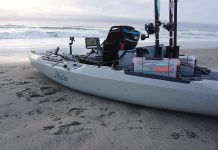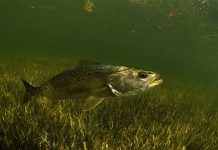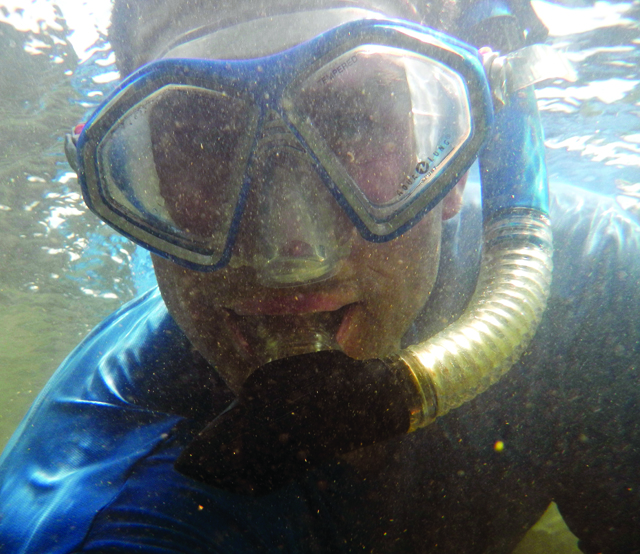
JEFF LITTLE, a regional team director for Wilderness Systems
Jeff Little, a regional team director for Wilderness Systems, is an expert on crawfish and aquatic insects in mid-Atlantic rivers. He stresses that too many anglers get caught up in color choice and overlook movement. Little chooses a lure that moves like the critters he finds living in the river rocks. If he uncovers crawfish, he might bounce a square-bill crankbait off the bottom. He’ll use a weightless soft plastic if he turns up aquatic insects. Little recommends putting the rod down and spending time looking in the water. He regularly uses a scuba mask to search for bait. “I’m looking for the type of bait and where it lives,” he says, “I watch how it moves and match my tactics.”
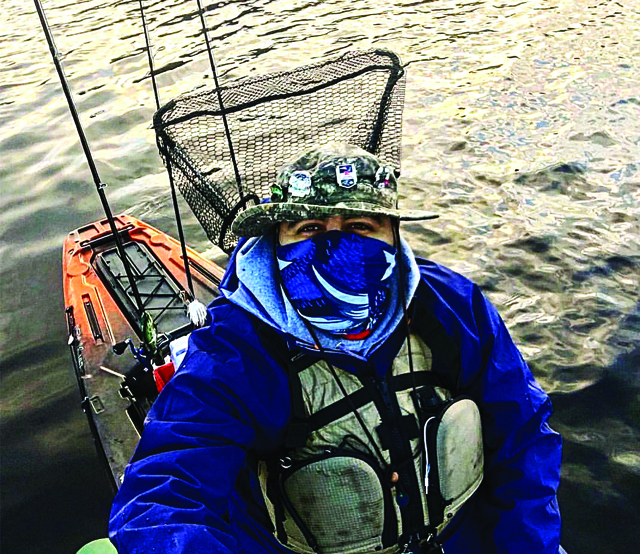
JOE MOUHANNA is founder of the Boston Bass Stranglers
Founder of the Boston Bass Stranglers and chapter leader for Heroes on the Water Boston. When he’s fishing New England’s lakes, ponds and creeks, he studies the vegetation to find the fish. “I search bodies of water for isolated vegetation, especially lily pads”, Mouhanna says. He sees too many anglers waste time dissecting expansive areas of vegetation. “That’s like finding a needle in a haystack,” he says. Instead, Mouhanna recommends finding smaller patches of vegetation, holes, drop offs, points and other variations in the grass and weeds. He approaches slowly and quietly and then methodically works them with hollow body frogs and plastic worms. To fish heavy cover, he recommends braided line and a stout rod to pull fish from the jungle.
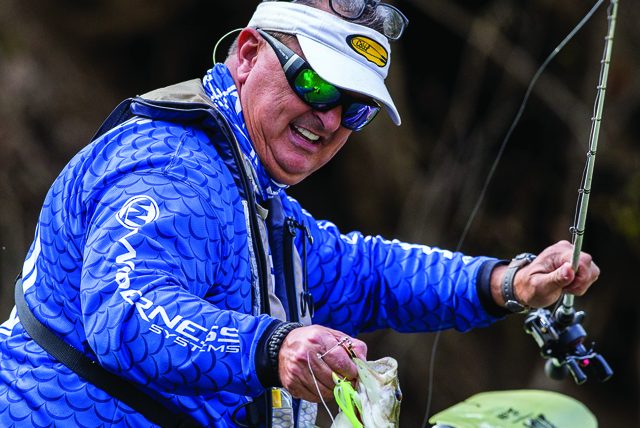
Tournament pro TIM PERKINS
Tournament pro TIM PERKINS has mastered the art of mimicking baitfish wherever the trail takes him. In the Southeast, threadfin and gizzard shad are often on the menu. In early spring, baitfish migrate from deeper water into shallow creeks. In summer and winter, they slowly move to points, channel structure and deep cover. “I’m looking for schools of bait on my depth finder, ripples on the surface or breaking fish,” Perkins says. He chooses his tactic based on depth, school density and water conditions. When he’s fishing an area with dense pods of bait, he uses a spinnerbait or topwater walker. He matches the color to the bait and water clarity, opting for natural colors in clear water and darker colors in stained water.

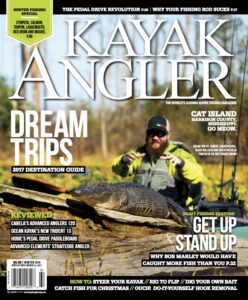 This article was first published in the Winter 2016 issue of Kayak Angler Magazine.
This article was first published in the Winter 2016 issue of Kayak Angler Magazine. 
